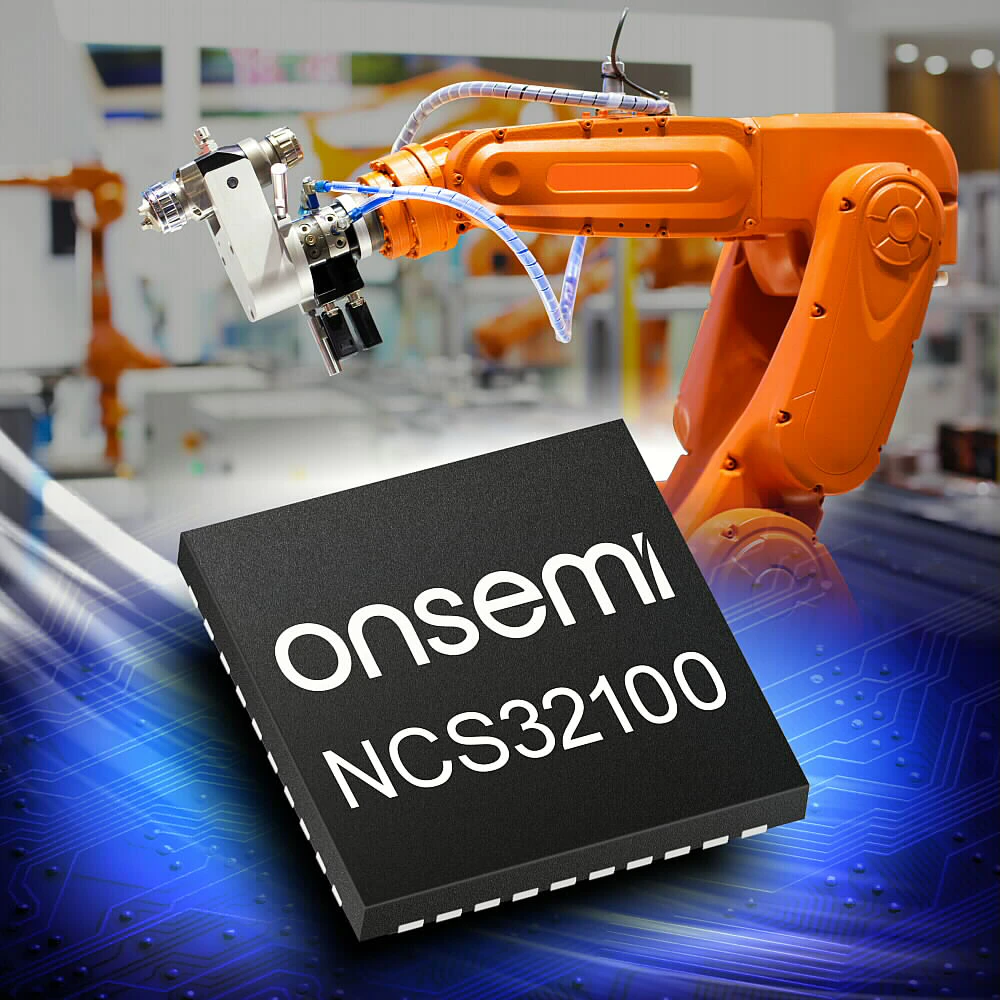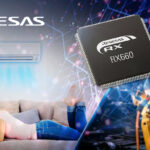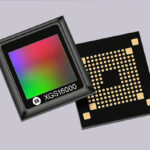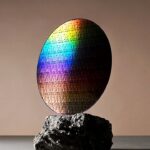ASIA ELECTRONICS INDUSTRYYOUR WINDOW TO SMART MANUFACTURING
onsemi's New Industrial-Use Sensor Meets Demands
Semiconductor Components Industries, LLC (onsemi) has introduced an innovative dual-inductive rotary position sensor, which convinces with its speed and accuracy. Particularly, the NCS32100 uses a newly patented approach to inductive position sensing.
Hence, making it an ideal choice for industrial and robotic applications, where fast-moving robotics and machinery are necessary.
While the features of inductive encoders make them very appealing for industrial applications, they have historically been limited to use cases that do not require a high degree of accuracy. Furthermore, they operate with low rotational speed.

With the NCS32100, onsemi leveraged its over 20 years of expertise designing inductive sensors. Thus, combining the reliable benefits of inductive encoders with the accuracy and speed associated with mid- to high-end optical encoders.
Faster Time to Market
Using a 38mm sensor, the device delivers +/-50 arcsec accuracy at 6,000 RPM. The NCS32100 can support speeds up to 100,000 RPM with reduced accuracy.
“The NCS32100 features firmware that directly outputs absolute position and velocity preloaded in its integrated microcontroller (MCU) providing an easy ‘plug and play’ solution,” said Michel De Mey, vice president of the Industrial Solutions Division, onsemi.
In addition, De Mey said, “The level of integration the NCS32100 offers can significantly reduce design time and the number of external components needed. (This allows) faster time to market and more compact and efficient design.”
Inductive sensors have several key features that make them desirable for industrial applications including low sensitivity to all forms of contamination or interference, robustness against mechanical vibration, and no first-order temperature dependence.
The NCS32100 device also features an integrated calibration routine to account for mechanical misalignment in the sensor. High levels of configurability enable use with a wide range of printed circuit board (PCB) sensor designs, giving OEMs the ability to configure and differentiate their solutions.
Meanwhile, the integrated MCU includes non-volatile flash memory (NVM) and a configurable interface for communication with the host processor.
Reference designs and evaluation boards are available to further accelerate the design process for industrial applications.




